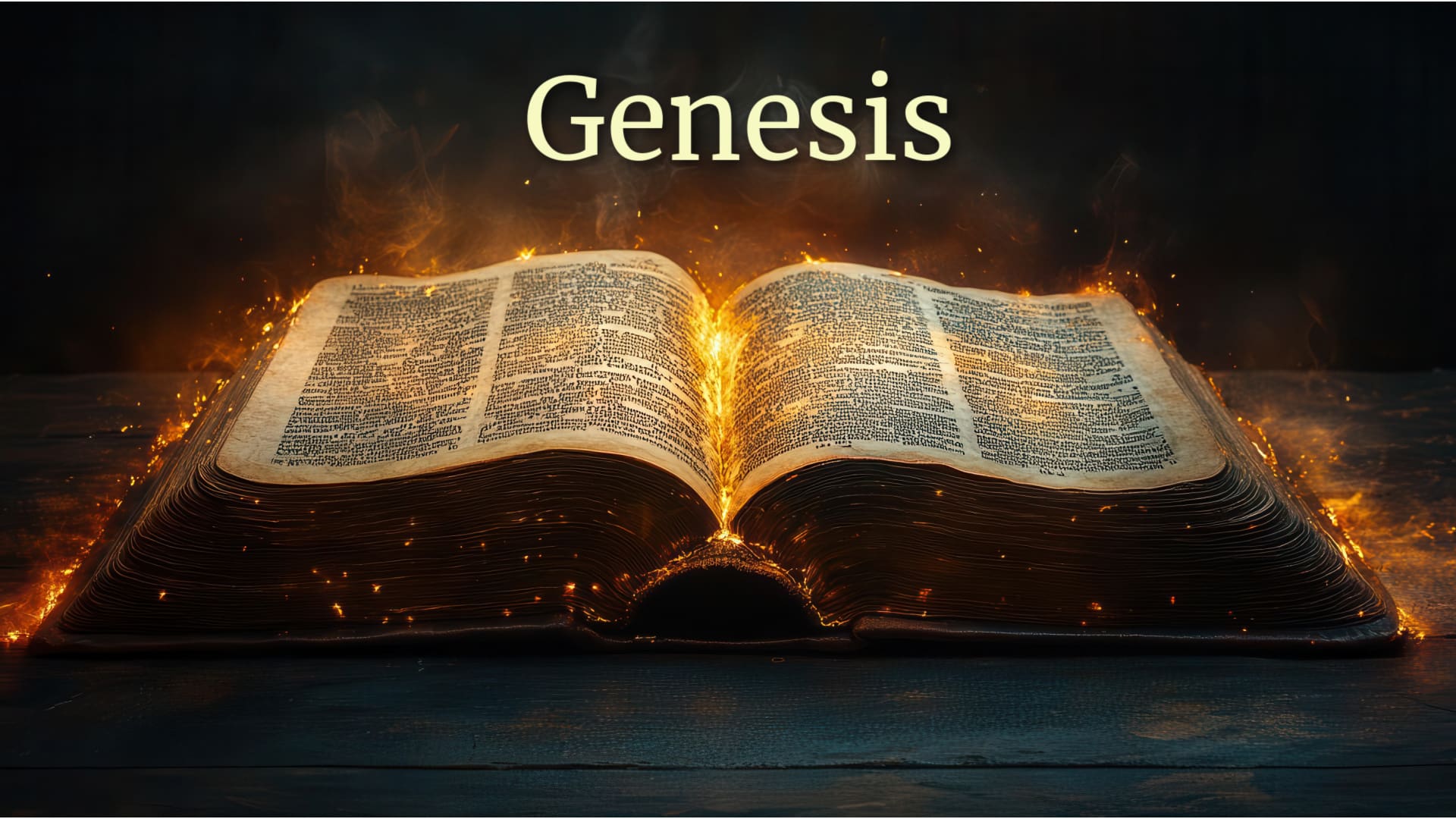
The Abrahamic Covenant: It’s overall Structure
The backbone of Holy Scripture and the unifying principle that binds Genesis to Revelation is the idea of covenant. We introduced this idea of covenant showing how the Noachian covenant organically grew out of the Edenic Covenant. Now we will show how the Abrahamic organically grew out of the Edenic and the Noachian. A covenant is defined as a “kinship bond established by an oath.”
As for a definition of covenant, [F.M.] Cross offers one of the best: “Oath and covenant is … a widespread legal means by which duties and privileges of kinship may be extended to another individual or group, including aliens.” Scott Hann
[A Covenant is] a kinship bond established by an oath. Scott Hann,
The Abrahamic covenant is presented in a very sophisticated and complex series of tightly related stories. The following analysis is the work of my good friend Byron Wheaton. It centers around two motifs, land and seed, and the structure reflects this. The covenant is divided into two great sections: the first beginning with 11:27 and ending in Chapter 15 largely dealing with land, and the second comprising chapters 16-22 largely dealing with seed. When we look closely at these sections we can see that each acts as a literary “panel” whose individual parts mirror each other. Wheaton organizes the structure in the following way:
Panel A
A The introduction of the problems of land and seed Gen 11:27-32 and a human solution to land attempted
B The call to a land and motivating promises Gen 12:1-9
C Doubts about the sufficiency of land Gen 12:10-20
D Abraham’s graciousness: sharing of the land Gen 13:1-18
E The defense of the land for others Gen 14:1-20
F The rejection of exploiting the land for selfish gain and choice to bless others 14:18-24
G Abraham’s belief & God’s covenant/oath re: the land Gen 15
Panel B
A’ Abraham’s human solution to the problem of barrenness Gen 16
B’ The call to obedience and motivating promises Gen 17
C’ Doubt’s about the ability of God to give seed Gen 18:1-16
D’ Abraham’s graciousness: prayer for others Gen 18:17-19:38
E’ The prayer for restored fruitfulness of others Gen 20
F’ The rejection of the humanly begotten heir and choice to bless others Gen 21
G’ Abraham’s obedience and God’s covenant/oath re: seed Gen 22
Rather than a chiastic structure, we have here a graduating step-like structure. This structure binds all the sections/stories together, and helps us see how each section fits into the whole with each panel culminating in covenant. As we work our way through the covenant, we will follow this outline and refer to it from time to time. Here it is important to note that chapters 12 and 22 are closely parallel as are chapters 15 and 17, forming the four pillars of the covenant. However, there are deep parallels between all four of these chapters, displaying the literary art and theological profundity that this structure conveys to the careful reader.
Hann, Scott
Byron Wheaton, Focus and Structure in the Abrahamic Narratives in Trinj 27NS (2006) 143-162.
Hann, Scott. Kinship by Covenant. New Haven: Yale University Press, 2009, above quotes on pp. 28, 333. This book is fundamental to all the rest of this Blog.
0 Comments